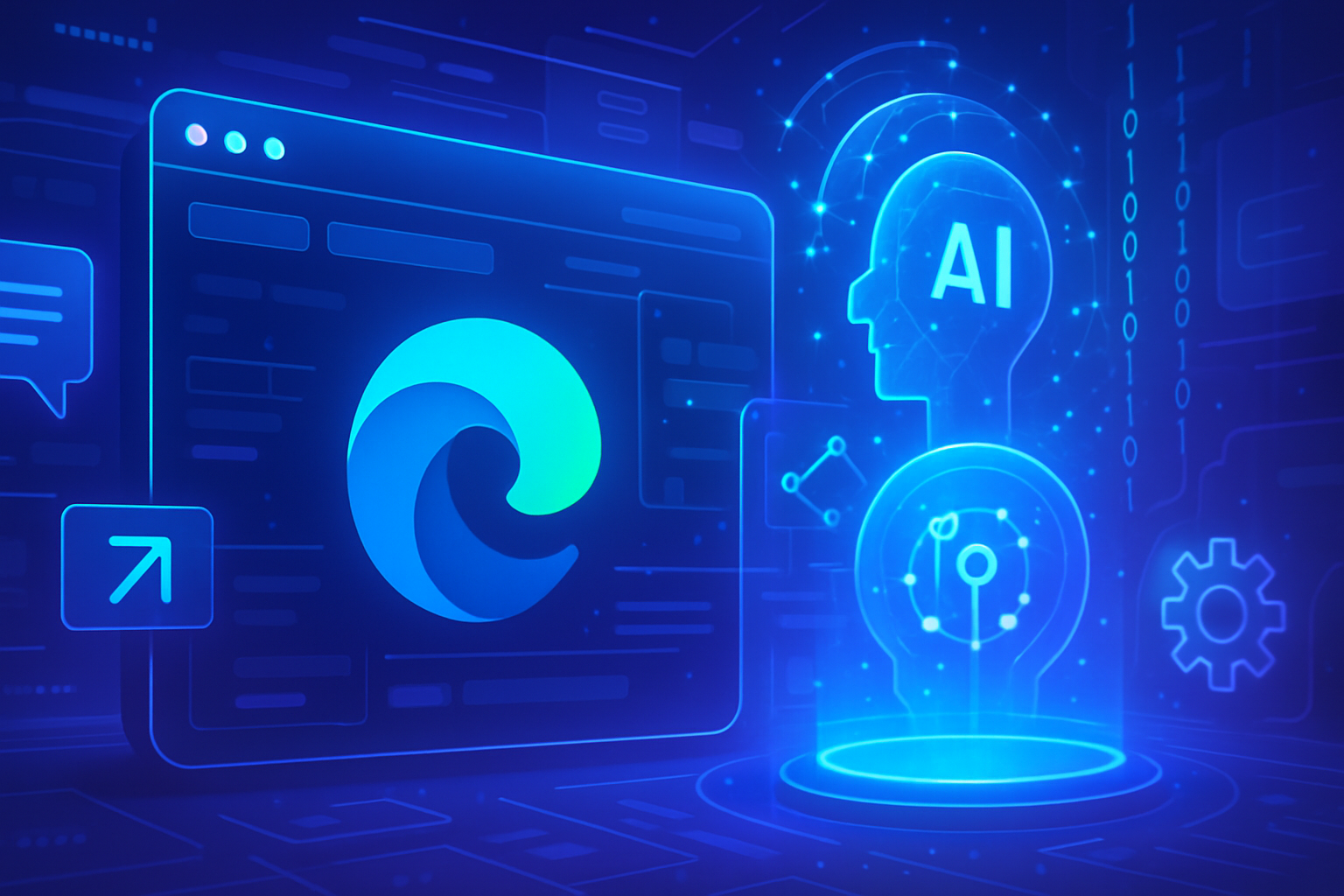The deployment of artificial intelligence offers businesses an unprecedented potential for transformation. Optimizing business processes, increasing operational efficiency, and reducing costs are major challenges. AI represents an essential strategic lever, requiring a methodical and thoughtful approach. A recent study reveals that, by 2025, productivity gains can reach up to 20%, while reducing the time spent on various tasks by 43%. Success relies on five key steps, ranging from identifying use cases to system governance. Embracing this technological revolution becomes imperative for any organization wishing to remain competitive.
Identify Processes to Optimize
The first step towards deploying artificial intelligence (AI) involves detecting the key processes to optimize. Assessing needs and opportunities for improvement remains essential. Leaders should target high-potential use cases capable of generating significant productivity gains. This stage requires interdisciplinary collaboration to mobilize various expertise according to specific business challenges.
Establish Pilot Projects
Pilot projects, lasting three to six months, allow for testing AI solutions in real conditions. The choice of objectives becomes fundamental; it is important to define precise expectations regarding productivity gains or cost reductions. These projects also serve to evaluate performance indicators, providing tangible data to validate the effectiveness of AI within organizations.
Implement Clear Governance
A successful integration of AI requires robust governance. An AI referent must be designated to lead initiatives and oversee the application of chosen technologies. Adapting existing systems, training teams, and establishing a rigorous regulatory framework are essential measures. The governance structure must ensure that AI is perceived as an operational lever, while also considering ethical and legal aspects.
Train Teams
Training is a key element in the deployment of AI. Teams must acquire technical skills to optimize the use of artificial intelligence tools. Awareness sessions and continuous training ensure that all staff can benefit from the deployed solutions. It is imperative to include training on the ethical issues related to artificial intelligence to ensure smooth integration.
Communicate on Issues and Results
Communication, both internal and external, remains crucial to ensure the adoption of AI. Informing stakeholders about the challenges, results achieved, and next steps fosters commitment to the project. Feedback based on leaders’ testimonials enriches this communication. Indeed, transparency in the approach strengthens the trust of employees and clients towards the transition to artificial intelligence.
Concrete Examples and Case Studies
Sharing concrete examples illustrates the benefits of such adoption. Companies that have implemented these steps report substantial gains in productivity and efficiency. Surveys conducted with 42 French leaders reveal their perception of AI as a strategic lever to enhance their competitiveness. Resources and feedback are available for those wishing to deepen their understanding of the implications of this transformation.
To consult all the insights from the 42 leaders, access the full report here.
Frequently Asked Questions
What are the key steps to deploy artificial intelligence in a company?
The key steps include identifying processes to optimize, establishing pilot projects, defining clear governance, training teams, and establishing a regulatory framework.
How to choose the processes to optimize with artificial intelligence?
It is recommended to target processes that show a strong potential for improvement in terms of productivity and cost reduction, relying on feedback from employees.
What types of pilot projects are most effective for testing AI?
Short pilot projects, lasting 3 to 6 months, with clear and measurable objectives regarding productivity gains, are generally the most effective for testing AI.
What is the importance of governance in AI deployment?
Clear governance is essential for ensuring successful deployment, as it allows for defining an AI referent, adapting existing systems, and managing ethical and legal aspects.
How to train teams in artificial intelligence?
Team training can be conducted through practical workshops, theoretical training, and sharing best practices with AI experts.
What measures should be taken to respect ethical aspects during AI deployment?
It is crucial to establish a clear ethical framework, inform staff about the issues related to AI, and ensure that the algorithms used are transparent and fair.
How to evaluate the results of artificial intelligence projects?
The results of AI projects can be evaluated through concrete performance indicators, allowing for measurement of productivity gains or cost reductions achieved.
What are common challenges faced during AI adoption in companies?
Challenges may include resistance to change, the need to train staff, technical difficulties in system integration, and ethical and regulatory concerns.
What is the contribution of artificial intelligence to the competitiveness of companies?
AI contributes to the competitiveness of companies by improving operational efficiency, optimizing processes, and enabling more informed decision-making through analyzed data.






